Murano-Burano Photos
March 2022 - World Cruise
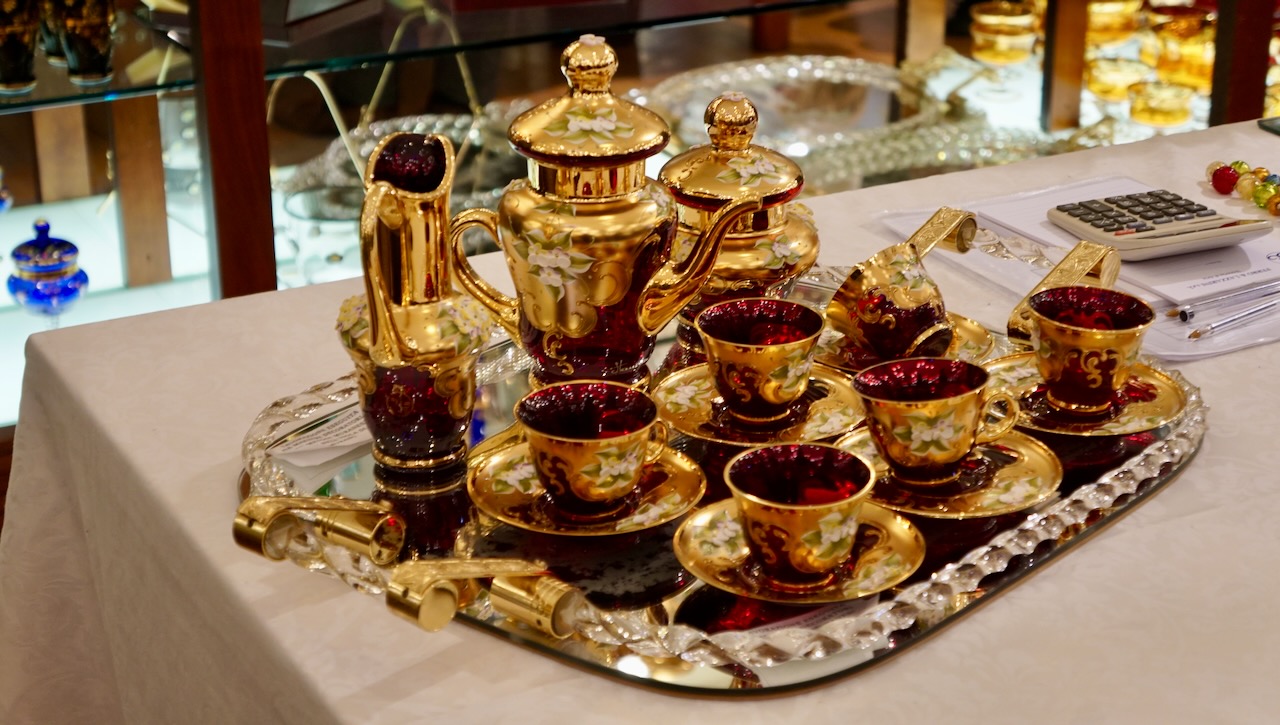
Murano is famous for its unrivaled glass designs. Burano is famous for its historic production of lace as well as its brightly colored buildings. Below are samples of both islands.

Murano is famous for its unrivaled glass designs. Burano is famous for its historic production of lace as well as its brightly colored buildings. Below are samples of both islands.

This essay was first published in October 2010. It's about my musical journey up until 2010.

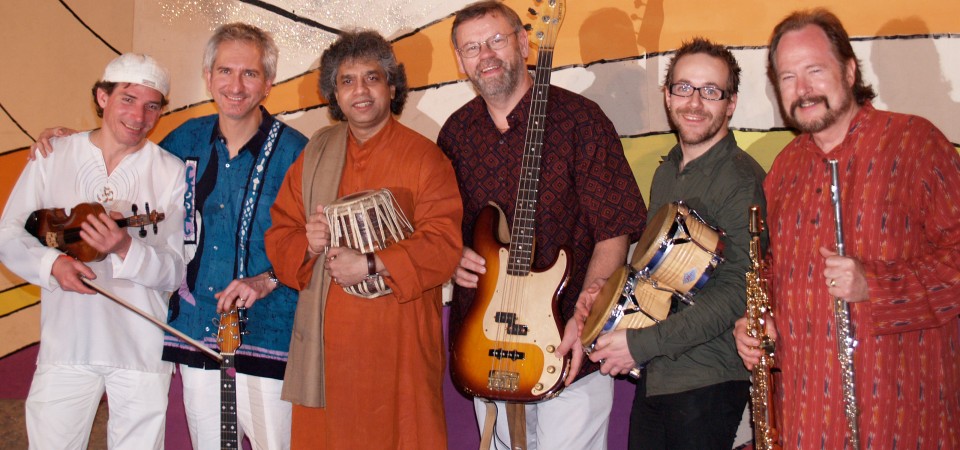
I’ve visited Stockholm, Sweden, over a dozen times during the last forty years, for weeks or months at a time, I’m once again reminded of why it is one of my favorite cities in the world, and indeed, why I love Sweden in general...
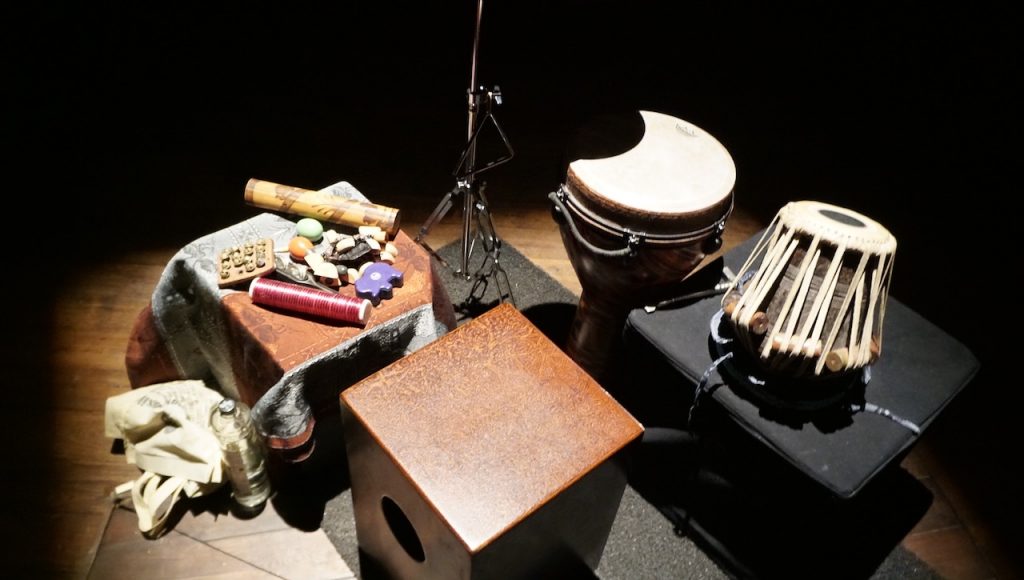
Having visited India at least fifteen times over many decades, I’ve made friends among the musical community that has enabled me to book events in advance of my visits, filling the two short weeks with musical opportunities. Another enabling factor is my decades-long study of Indian (Hindustani) classical music, starting in 1975 at Ali Akbar College in Marin County, California. My knowledge of Indian music has enabled me to collaborate with Indian musicians in both classical and jazz-fusion-world-music concerts...
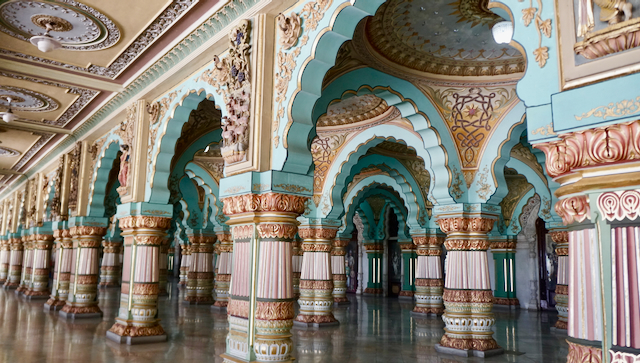
Mysore is a city of two million in southern India. Two million is considered a moderate size city in India. The Mysore Palace is the second most visited building in India after the Taj Mahal, and for good reason as these photos will show. The 27th Maharaja of Mysore still occupies half of the palace with his family. The Indian government occupies 20 percent, which it uses for official meetings and as a reception area for honored guests. And the remaining 30 percent is open for public tours, from which the photos below are taken.

The extensive Zen Buddhist temples in Kyoto were financed by the Shogun, the warrior leader who represented the real power behind the emperor. The Shogun also created the first extensive Zen garden, placing the trees, rocks, flowers, and water pools into a special meditative design which became the art of Zen gardens.

This essay was written in January, 2011, inspired by the annual session of the Fielding Graduate University, where Susan was working on her doctorate, which she completed in December, 2011.
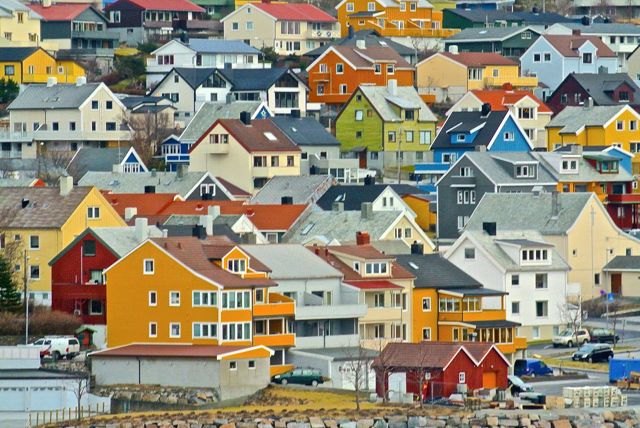
Norway used to be one of Europe's poorest countries. This was certainly true until after World War II, when the northern part of the country had to be totally rebuilt due to the Nazis' policy of total destruction as the German military made their retreat southward. The Norwegian people showed a commendable national spirit of sharing the burdens of reconstruction, that "culture of equality" that I described in my previous blog. Norway aligned itself with the other Scandinavian countries, Sweden, Denmark, Finland, and Iceland, in establishing a welfare state that provides a high quality of life to all, regardless of income. That high quality of life is based on: free education through the university level, free healthcare for all, a highly developed public transportation system (roads, bridges, tunnels, trains, and this Hurtigruten water taxi service), and an extensive energy industry.